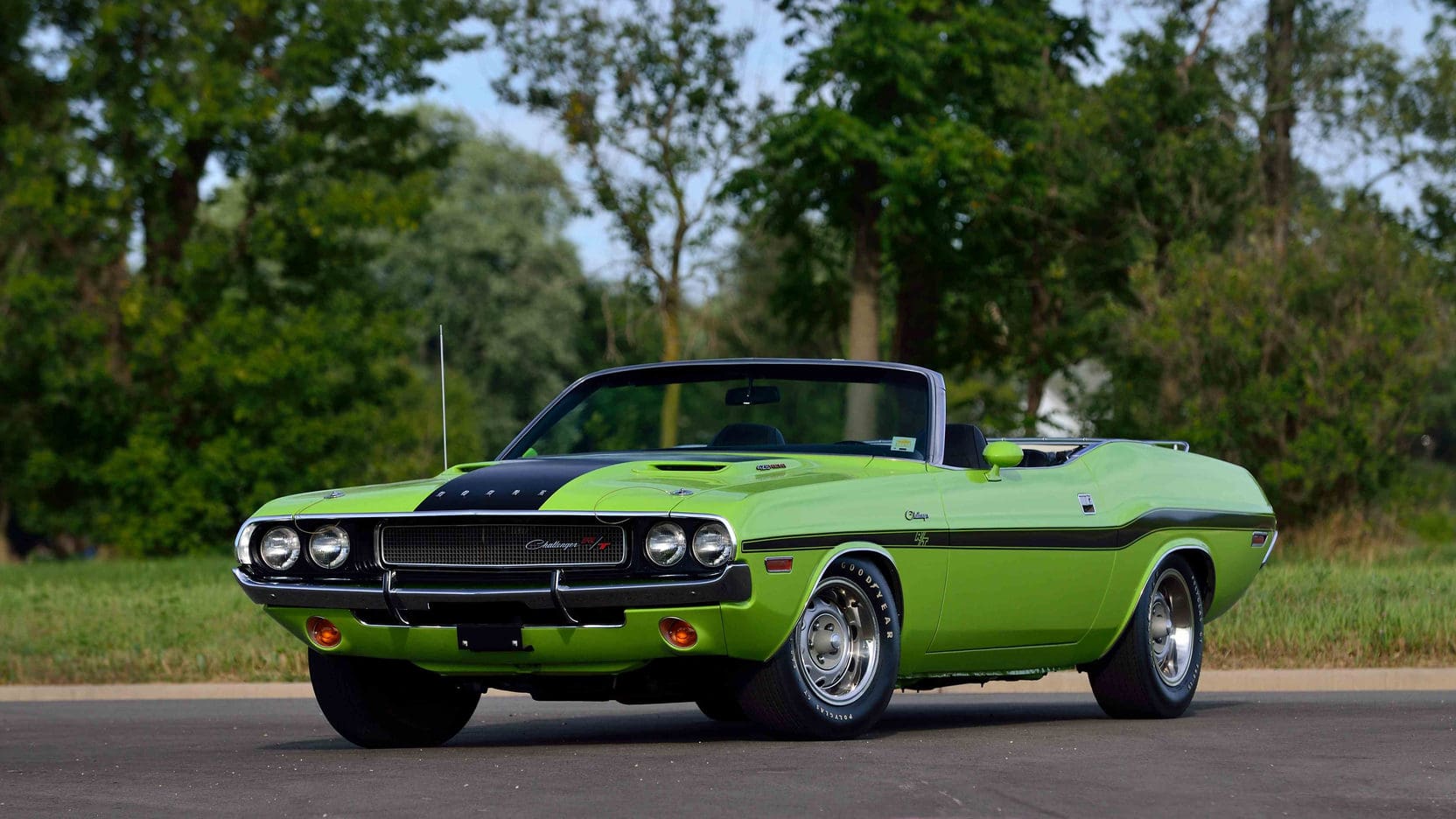It’s no secret that car fans are mesmerized by limited-edition supercars that were produced in low numbers. Yes, those multi-million-dollar machines are fantastic, but they’re not the only cars with single-digit production numbers. Back in the heyday of the muscle car culture, Detroit made numerous rare muscle cars with lower production numbers than the supercars of today.
As you’ll see on this list, most of the cars on our lists are Hemi-powered models because that option was rare and expensive back then. It was available in a range of Plymouth and Dodge models. Some of these scarce models were rarer than others. But we’re not only talking about Mopar cars exclusively. True, Hemis are definitely known for their exclusivity, but they’re not the only ones. You’ll also find some rare muscle cars from Ford and Chevy as well, so enjoy the rarest muscle cars right here.
1970 Dodge Challenger R/T Hemi Convertible – 9 Made

Even though Plymouth had the Barracuda, their first pony car model was introduced two weeks before the Ford Mustang. The Chrysler-owned stablemate Dodge didn’t enter the segment until 1970. The Challenger was immediately presented with the full firepower of Mopar engines. Buyers could get a powerful 383 V8, a big 440, and the famous 426 Hemi (via Sports Car Market).

Since the Challenger was an actual muscle car, the majority of examples sold were coupes. But a convertible was also available. In 1970, Dodge produced only nine convertible Challengers. The Hemi made this model one of the rarest as well as the most powerful muscle car convertible built during this golden era.
